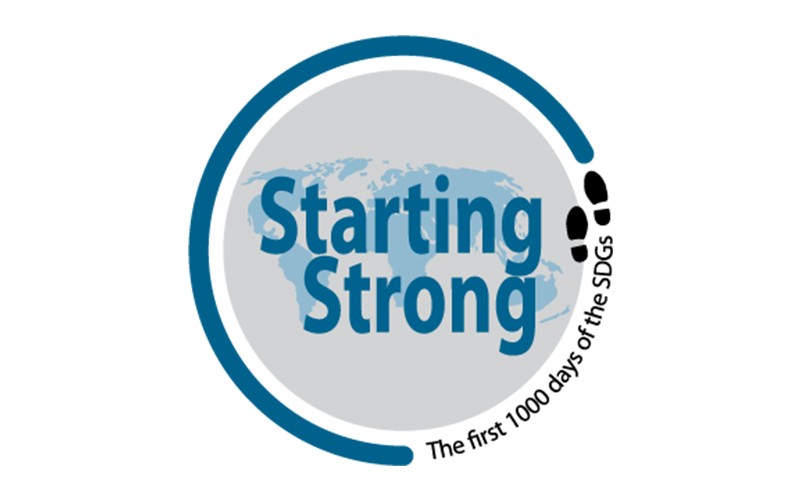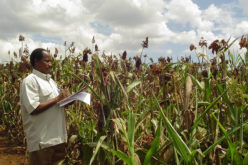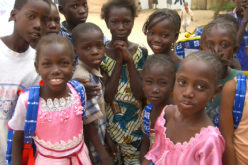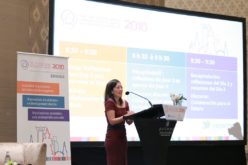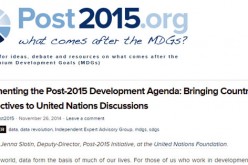The following blog post originally appeared in ODI’s website. To view the original blog post please click here.
by Andrea Ordóñez
When ODI and Southern Voice began thinking about how to collaborate during the implementation phase of the SDGs, we decided to take on the challenge of the first 1000 days, which is about three years. We were inspired by two already popular analogies.
The first one is the ‘100-day agenda’ of new presidents or premiers, a concept which has gained popularity in many countries both among those elected and those holding them accountable. These first 100 days set the tone of a new presidency, establishing its priorities and exemplifying the types of action the new government will take. At the end of the period, it is understood, civil society and the media will be better positioned to hold the government to account on what is promising to deliver.
The second analogy is that of the ‘first 1000 days of life’, which are critical in terms of a child’s capacity to grow and learn. The right nutrition and stimulation can have great influence on a child’s life well beyond its early years. These are investments with huge impacts on the future that are hard to compensate for later on.
As I am writing this blog, we have reached day 90 in the life of the SDGs. If we were a government, we would have 10 days to start showing some results! But we know that the new development agenda is much more complex, and laying down the foundations for the next 15 years will require some critical and strategic thinking in the months to come.
Under the flag of the first 1000 days, ODI and Southern Voice are convening thinkers from around the globe to face the challenge of setting a strong basis for progress on the SDGs. This task is not an easy one. It requires a long-term perspective on what is at stake and awareness of the constraints and windows of opportunity in the short term. Feasibility, both technical and political, also needs to be accounted for.
As researchers and policy actors begin to decide exactly what to do for a strong start, we need to adopt a mind-set that can make the best of the existing constrains on time, resources and knowledge.
The three key characteristics in our way of thinking that we cannot overlook in the following months are:
- Maintaining integrity. Key initiatives to kick-off the SDGs must maintain the integrity of the agenda. Treating different goals and targets independently from the start will in the long run result in an unbalanced and disconnected implementation. All the sectors (education, health, economy, etc.) require more resources and better data. Finding ways in which these different sectors can complement each other efficiently from the outset will make a big difference later on.
- Making critical use of the evidence. There are limits to the existing evidence on various issues. Data is incomplete, and some areas of the SDGs have received less attention than others. The knowledge available is, for the most part, based on very specific domains and programmes, and considerable effort is required to translate research into concrete action. Consolidating knowledge across domains can help achieve a more integrated agenda. In the case of the sectors where evidence is available, judgement will be needed to assess the quality of the research and make sense of the results in a meaningful way.
- Focusing on both ideas and action. In these first 1000 days we may be tempted to only focus on the concrete action – a new bill, a communications campaign or an intergovernmental agreement – needed on a given issue. While this is essential, we must not forget to develop powerful ideas and concepts that can inspire and motivate action.
In the coming months, a variety of actors will meet in Nairobi, Colombo and Bogota to develop some of these ideas and actions. These regional dialogues aim not only to inform the actions of the participants but also to provide the broader SDG community with ideas grounded in the particularities of each region. This level of analysis can help both those working at the national and global levels and those who can see across different regions to inform the global process.
By the time of the High-level Political Forum, set for around the 200 days after the beginning of the SDG era, we aim to have identified some concrete – and inspiring – actions to move the agenda forward. We invite you to be part of this journey.
3,231 total views, 3 views today


